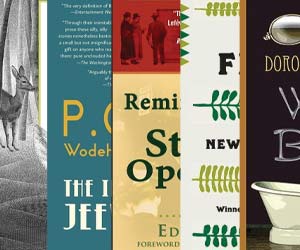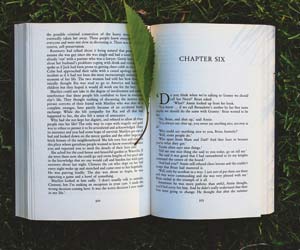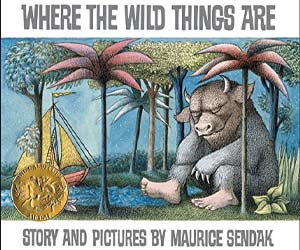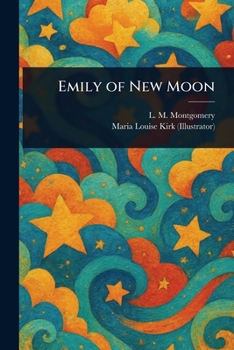Book Overview
"Emily of New Moon" by Lucy Maud Montgomery is a classic coming-of-age story set in early 20th-century Prince Edward Island. When young Emily becomes an orphan, she is taken in by her mother's relatives at New Moon Farm. This beautifully written novel explores themes of family relationships as Emily navigates her new life and discovers her identity.
A cherished work of Canadian literature, "Emily of New Moon" captures the spirit of a bygone era. Experience life in Canada between 1867 and 1914 through the eyes of a young girl finding her place in the world. This meticulously prepared print edition preserves the enduring appeal of Montgomery's beloved story, a timeless tale for readers of all ages interested in historical juvenile fiction.This work has been selected by scholars as being culturally important, and is part of the knowledge base of civilization as we know it.
This work is in the public domain in the United States of America, and possibly other nations. Within the United States, you may freely copy and distribute this work, as no entity (individual or corporate) has a copyright on the body of the work.
Scholars believe, and we concur, that this work is important enough to be preserved, reproduced, and made generally available to the public. We appreciate your support of the preservation process, and thank you for being an important part of keeping this knowledge alive and relevant.
Customer Reviews
"I *Have* to Write - I Can't Help It..."
Books for Young Adults that Adults will love
One of the best books ever written!
Emily of New Moon Mentions in Our Blog

It's interesting to look back at pop culture that withstands the test of time. In the past weeks, we've reflected on some of the notable books and movies that came out five decades ago. Now we turn our attention to the books turning 100 this year. Here are ten memorable books from 1923.

Happy Spring! This is a time of renewal and rebirth, infusing us with hope in the form of burgeoning buds and fragrant breezes. Light lingers and birdsong fills our ears. Despite all else, the earth pulses with life and resilience. Here are ten books that celebrate the season.

Many parents groan as their child picks the same book to read night after night. That one again? This behavior often continues into the teen years. We all had worn copies of favorites that we could practically recite from memory. With so many options available, why do kids gravitate toward the same books over and over?






